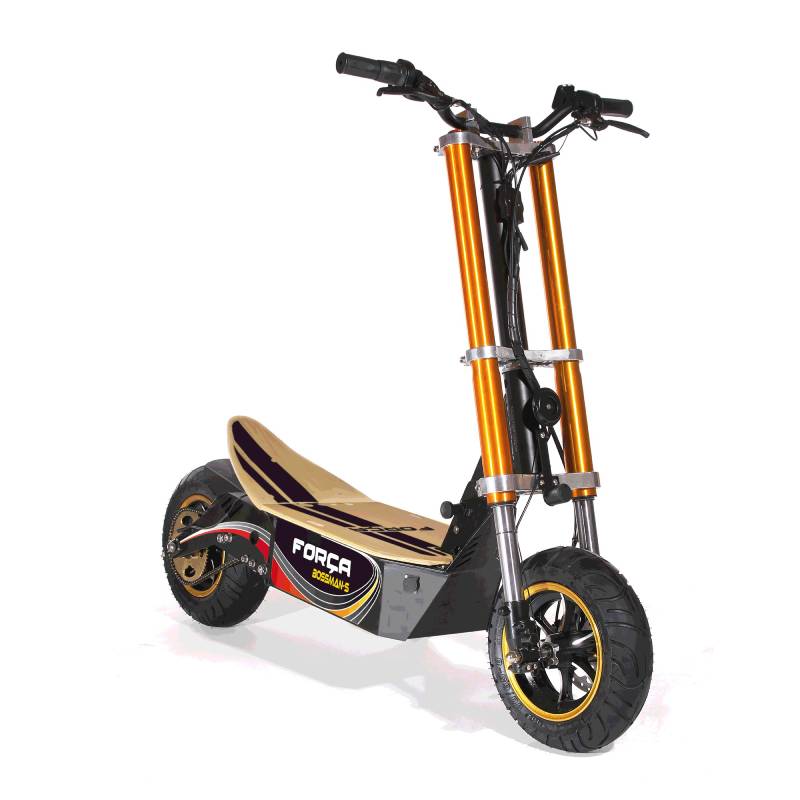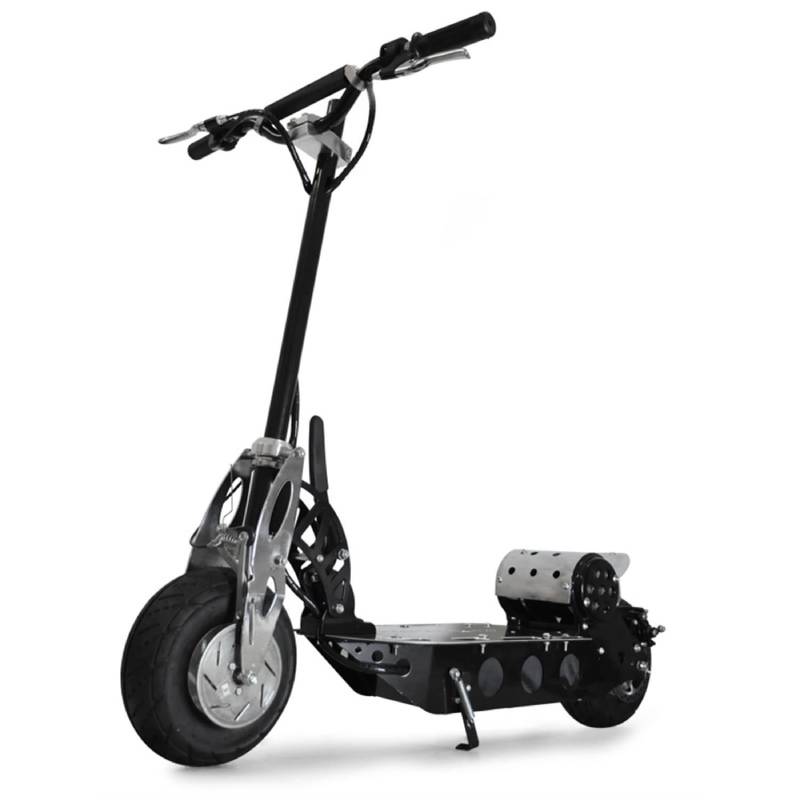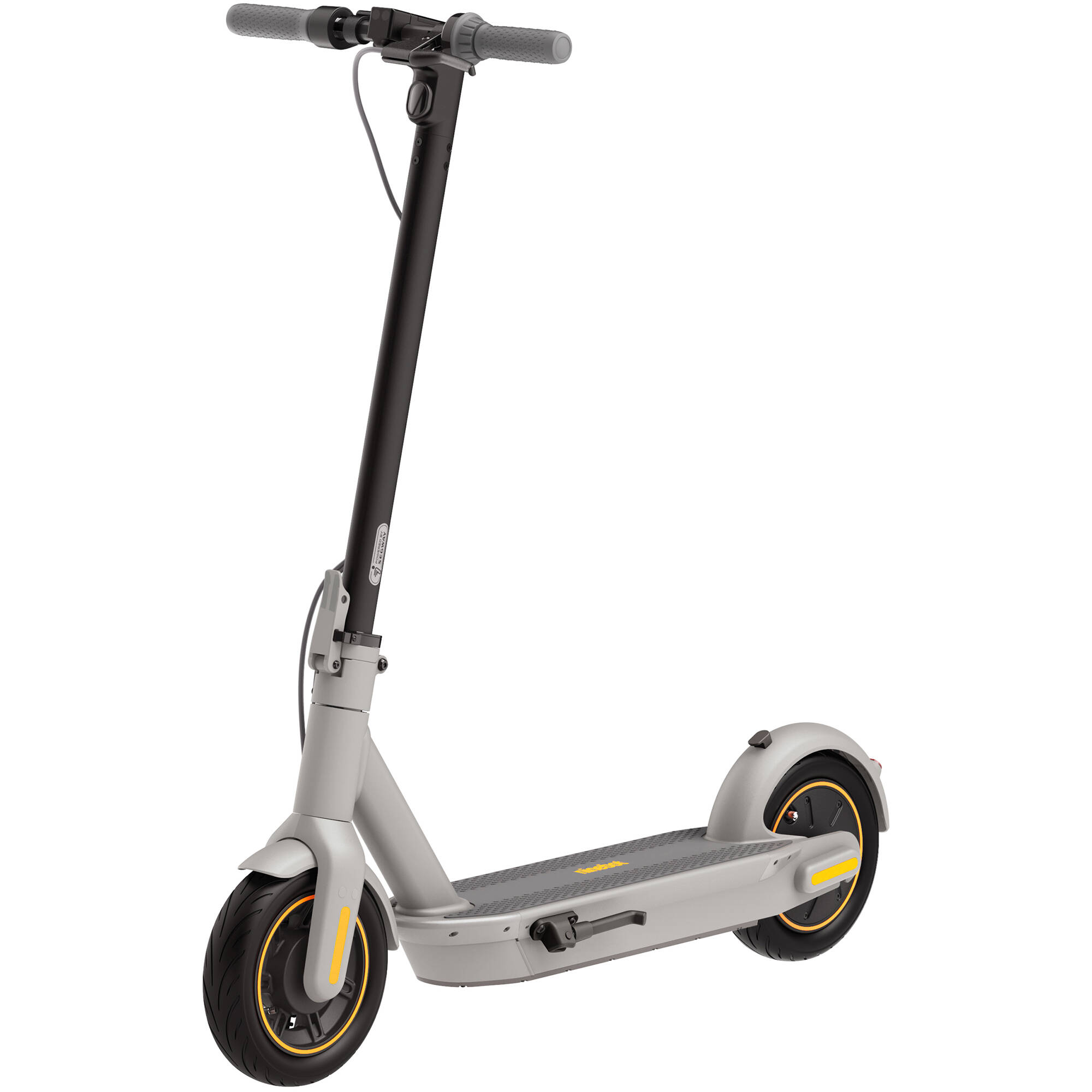I. Introduction
Kickstarting a scooter is a convenient method to get it up and running. However, there are situations where the kickstart may not function properly or be unavailable. In this blog post, we will explore alternative methods to start a scooter without a kickstart, understanding the limitations of a non-functional kickstart, and introducing various techniques to overcome this issue. How to hotwire a moped without kickstart in 2024?
II. Understanding the Limitations: Reasons for a Non-Functional Kickstart
A. Mechanical Issues
How to kick start a scooter? A damaged kickstart mechanism can occur over time as a result of continuous wear and tear or improper use, leading to issues such as the lever failing to engage or turn the engine over. This could be caused by a range of factors including poor maintenance, rough handling, or environmental exposure. Additionally, the kickstart lever itself may become broken or worn-out, rendering it ineffective in providing the necessary force to start the scooter’s engine. Factors such as excessive force or impact, as well as prolonged use, can contribute to the breakage or wearing down of the kickstart lever, leading to difficulties in starting the scooter. Regular inspection and proper maintenance of the kickstart mechanism can help in preventing and addressing these issues.

B. Engine or Ignition Problems
A faulty spark plug can disrupt the starting process of the scooter by preventing the creation of the spark necessary to ignite the fuel mixture in the engine. When the spark plug is damaged or malfunctioning, it can obstruct the kickstart mechanism from effectively initiating the engine. It is essential to regularly inspect and replace spark plugs as part of routine maintenance to ensure proper ignition and efficient starting of the scooter.
Moreover, issues with the scooter’s ignition system, such as a malfunctioning ignition coil or ignition switch, can also impede the kickstarting process. When these critical components of the ignition system fail to function properly, they can interrupt the generation and delivery of the electrical spark, hindering the kickstart mechanism from initiating the engine. Timely diagnosis and repair of any ignition system issues are crucial to ensuring the smooth and reliable kickstarting of the scooter. Regular maintenance and prompt troubleshooting of the ignition system can help to prevent and address these potential starting problems.
III. Alternative Methods to Start a Scooter without a Kickstart
A. Bump Starting
How to start a scooter without kickstart? Bump starting, also known as push-starting or jump-starting, is a popular method used to start a scooter without a kickstart. Here are the steps to execute a successful bump start:
- Choosing the right location and conditions: Find a flat and open space that allows for a sufficient run-up without any obstacles or traffic.
- Steps to execute a successful bump start: a. Ensure the scooter is in neutral. b. Place both feet on the ground and hold onto the handlebars. c. Get a running start by pushing the scooter forward with your feet. d. Once the scooter gains momentum, release the clutch lever while applying gentle throttle to engage the engine. e. Allow the scooter to warm up and adjust before proceeding with your ride.
B. Push-Button Start Modifications
Installing an aftermarket electric starter system can provide an alternative to kickstarting your scooter. Here is the process and components required for a push-button start:
Expanding upon the process of installing an aftermarket electric starter system on a scooter involves several steps to ensure a successful implementation:
a. Research and Purchase: Begin by researching and identifying a push-button starter kit that is specifically designed for your scooter model. After determining compatibility, acquire the kit, which typically includes the necessary components such as a starter button, wiring harness, and a solenoid.
b. Installation: Follow the manufacturer’s instructions provided with the starter kit to carry out the installation process. Pay careful attention to the specific steps outlined in the manual to ensure proper integration of the electric starter system with your scooter. This process typically involves locating designated mounting points and connecting the wiring harness to the corresponding electrical components.

d. Testing and Validation: Once the installation is complete, thoroughly test the push-button start system to ensure that it functionally engages the engine correctly. This testing process involves verifying that the starter button effectively initiates the engine, validating the successful integration of the aftermarket electric starter system into your scooter.
By following these comprehensive steps, users can successfully install an aftermarket electric starter system, adding convenient and reliable starting functionality to their scooter.
C. Roll Starting or Scooter Pushing
Roll starting or scooter pushing is another alternative method to start a scooter without a kickstart. Here are the steps to perform a successful roll start:
- Identifying the right conditions for roll starting: Look for a slight downward slope or an open space where you can create momentum by pushing the scooter.
-
Steps to perform a successful roll start: a. Ensure the scooter is in neutral. b. Stand beside the scooter with one hand on the handlebars and one foot on the ground. c. Use your free foot to push the scooter forward, simultaneously hopping onto the scooter. d. Once on the scooter, quickly release the clutch lever while applying throttle to engage the engine. e. Focus on balancing and control as the scooter starts and gradually increase speed.
IV. Essential Precautions and Tips.
Safety Considerations:
Prioritizing safety is paramount when attempting to start a scooter without a kickstart. Wearing proper protective gear, such as a durable and certified helmet, gloves, as well as long sleeves and pants, is crucial in safeguarding against potential injuries in the event of an accident or a fall during the starting process. Additionally, this protective gear not only provides physical protection but also contributes to overall rider confidence and well-being.

Before starting the scooter, it is essential to ensure that the immediate environment is safe. This involves checking for any traffic, including vehicles and pedestrians, and making sure that there are no obstacles obstructing your intended path. By carefully surveying the surroundings and ensuring clear pathways, riders can create a safer space to maneuver their scooters safely and effectively during the starting process. These precautions are essential for minimizing risks and ensuring a smooth, secure scooter start-up.
Proper Technique and Execution:
Understanding the specific steps for each alternative method: Each alternative method of starting a scooter without a kickstart requires a specific technique. It is crucial to understand these steps thoroughly to ensure a successful start. Below are the techniques and steps for three common alternative methods:
Bump Starting:
a. Choosing the right location and conditions is crucial to successfully starting a scooter without a kickstart. It’s essential to find a flat and open space that provides ample room for the scooter to gain momentum. An open environment minimizes obstacles and allows for a smoother starting process, reducing the risk of accidents or collisions.
b. Pushing the scooter to walking speed sets the stage for the starting process. With the scooter in neutral, gradually push it forward by foot until it reaches a comfortable walking speed. This gradual acceleration helps build momentum, setting the stage for the next step in starting the scooter without a kickstart.
c. When the scooter reaches walking speed, it’s time to jump on and release the clutch. Place one foot on the scooter and, with the scooter in gear, release the clutch while giving a twist to the throttle. This action primes the engine for ignition and sets the scooter in motion, paving the way for the final step in the starting process.

d. Engaging the engine marks the culmination of the starting process. As the scooter gains speed, the engine will ignite, and the scooter will smoothly transition into running mode. To ensure a seamless transition, quickly release the clutch fully to engage the engine, allowing the scooter to operate efficiently and propel forward. These steps combined define a method for starting a scooter without a kickstart, providing a reliable alternative for scooter riders.
Push-Button Start Modifications:
a. Install an aftermarket electric starter system: Purchase and install a push-button starter kit specific to your scooter model. Follow the instructions provided by the manufacturer for proper installation. b. Components required: The push-button starter kit usually includes a starter button, wiring harness, and a solenoid. These components connect to the existing electrical system of your scooter. c. Wiring and set-up: Wire the new starter button according to the manufacturer’s instructions and connect it to the solenoid and the battery. Make sure the connections are secure and insulated to avoid any electric shocks or short circuits. d. Engaging the push-button start: Once the modifications are complete, simply press the installed starter button to start the scooter without using the kickstart.
By following these essential precautions and tips, you can ensure your safety and increase your chances of starting your scooter without a kickstart successfully. Always prioritize safety, wear proper protective gear, understand the specific technique for each method, and practice them under safe circumstances. Remember, each scooter model may have slight variations, so refer to the user manual or seek professional advice if needed.
